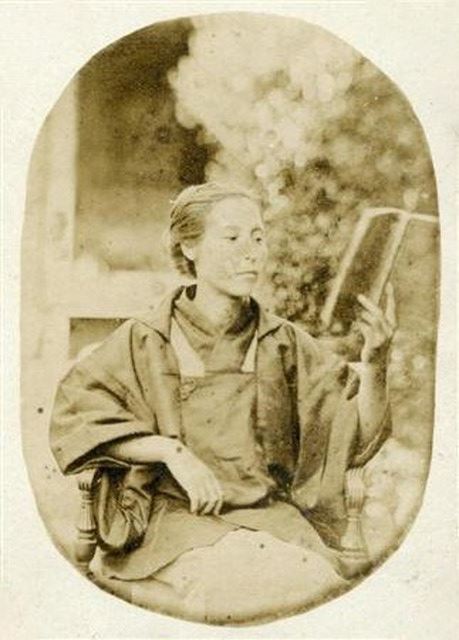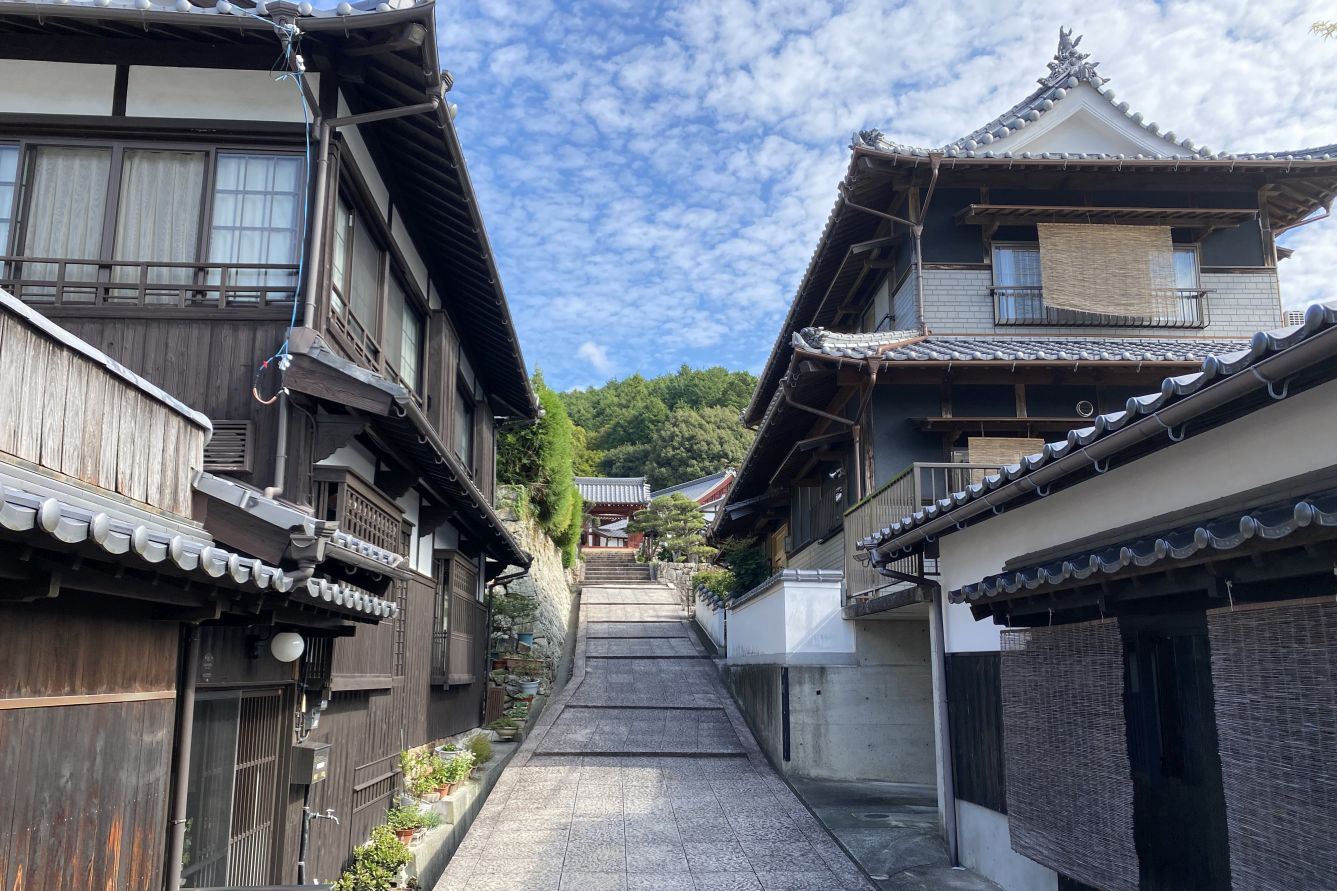Kusumoto Ine
Home » Kusumoto Ine
Kusumoto Ine
Name In Japanese: 楠本 イネ
Pronunciation: kusumoto ine
Period: 1827 to 1903
In the Edo period, foreigners in Japan were restricted to the tiny manmade island of Dejima in Nagasaki, from whence western learning and technology infiltrated the otherwise secluded nation. German physician Philipp Franz von Siebold lived on Dejima, practising medicine and teaching. For company, he was assigned a courtesan from Nagasaki, Kusumoto Taki. In 1827, Taki bore a daughter, who was named Ine. Ine had fair skin, slightly curly brown hair, and blue eyes. In later life she preferred not to discuss her mixed ancestry. At this time, she used the surname Shiimoto as an approximation of Siebold.
Two years after Ine’s birth, Siebold was banished from Japan on charges of espionage, but he arranged for his students to care for his Japanese family, chiefly Ninomiya Keisaku of Uwa. Siebold sent his daughter books to help with her education.

Ine learned the basics of medicine from Ninomiya, who was a doctor in Unomachi, Uwa, and studied Dutch under Ōmura Masujirō. In 1845, Ine began studying obstetrics in the Okayama Domain under one of Siebold’s students, Ishii Sōken. It appears that Sōken raped her in 1851, for she broke of ties with him, returning to Nagasaki, where she gave birth to a daughter in 1852. She named the girl Tada, meaning something received for nothing. Ine never married. She continued to study obstetrics and pathology under foreign physicians.
Ine’s growing reputation won the patronage of the feudal lord of Uwajima, Date Munenari, and she served in the women’s quarters at the castle. Munenari suggested that she change her name to Kusumoto to avoid discrimination due to her foreign blood. When Siebold was allowed to return to Nagasaki, he was deeply moved by the progress and standing Ine had achieved. After the Meiji Restoration, Ine worked as a doctor in Tokyo and assisted in the birth by one of Emperor Meiji’s concubines in 1873, although the child was stillborn, and the mother died.
Ine died in Tokyo on 27 August 1903 of food poisoning after eating eel and watermelon. She enjoyed the high regard of the Western-influenced medical and scholarly communities and her students and fellow physicians. In Unomachi where she started her medical career, she’s one of the scientists and thinkers featured in the Uwa Philosopher’s Museum where you can see her magnifying glass.
Related Tours

Experience the most beautiful and interesting temples of the Shikoku Pilgrimage in seven days.

A tour for families or friends, staying in the most characterful kominka and ryokan of Shikoku.

Visit the most beautiful and interesting temples of the Shikoku Pilgrimage and walk the toughest trails.

